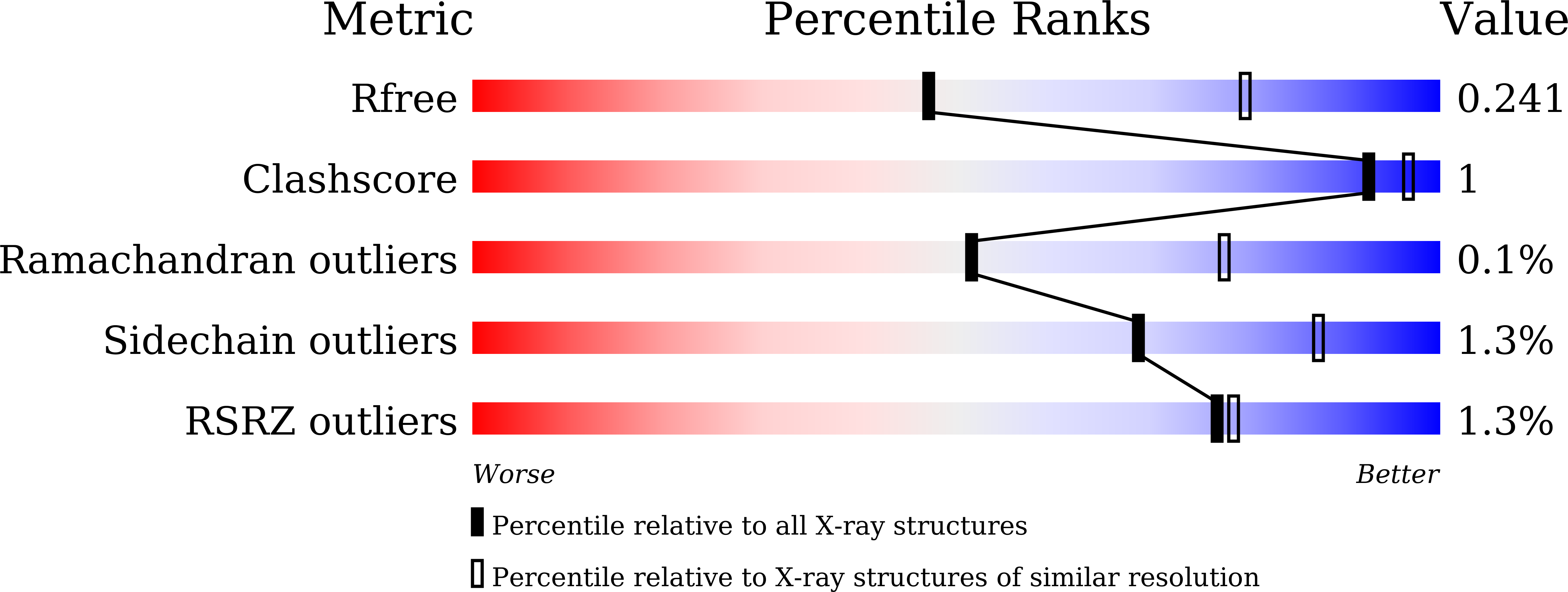
Deposition Date
2018-06-15
Release Date
2019-06-19
Last Version Date
2023-11-22
Entry Detail
Biological Source:
Source Organism:
Homo sapiens (Taxon ID: 9606)
Saccharomyces cerevisiae (Taxon ID: 559292)
Minute virus of mice (Taxon ID: 10794)
Saccharomyces cerevisiae (Taxon ID: 559292)
Minute virus of mice (Taxon ID: 10794)
Host Organism:
Method Details:
Experimental Method:
Resolution:
2.70 Å
R-Value Free:
0.24
R-Value Work:
0.20
R-Value Observed:
0.20
Space Group:
P 43 21 2


